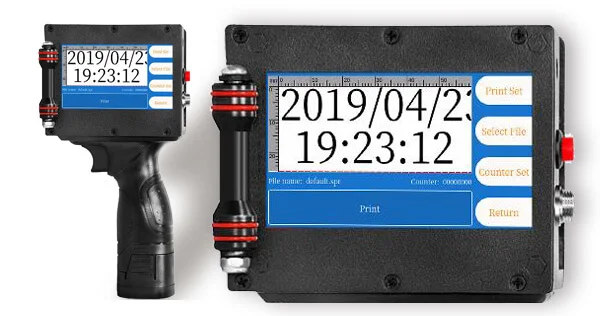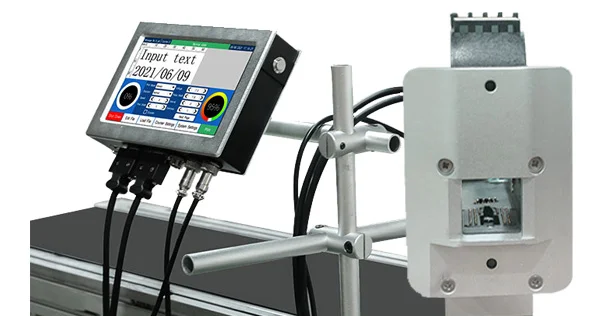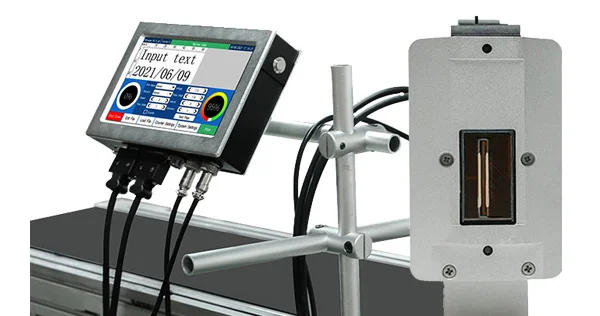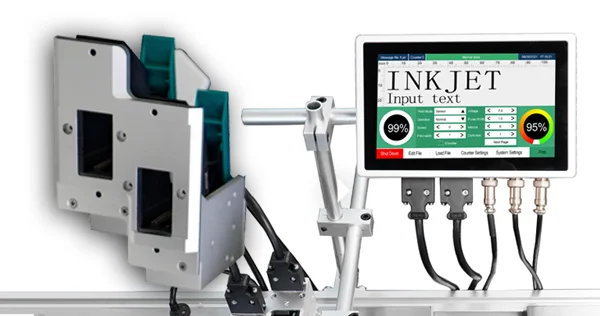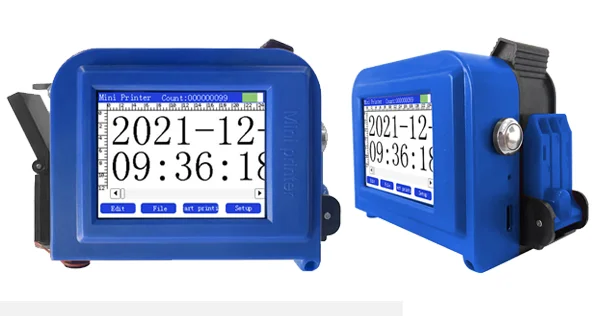-
Geotechtronics GmbH
Pollinger Str. 3 • D-82362 Weilheim i.OB -
Office hours
Mo-Sa: 9:00-18:00
Marking of batches and series with batch printer

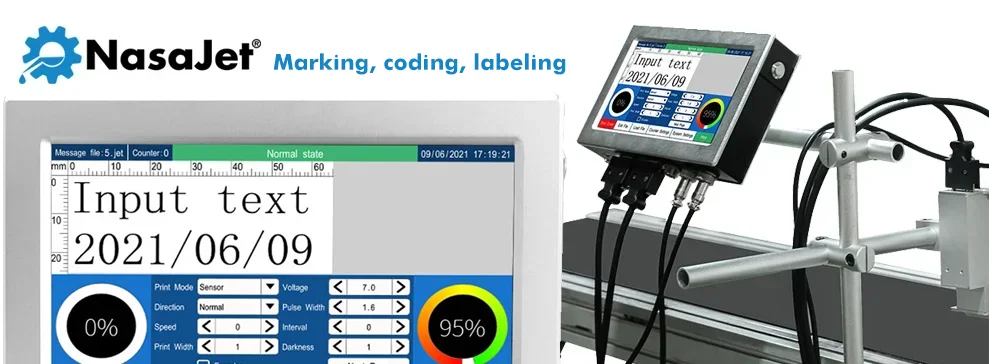
In the industrial manufacturing process, batches represent quantities of products and articles that have been produced under comparable conditions. Classifications in batches are of course particularly common in the case of food or medicines. But it also makes sense to define batches for other products and to mark them accordingly. This facilitates quality management and improves possible traceability in the event of sudden problems with a particular product. Batch numbers and general batch information are usually printed, more rarely engraved or embossed. Depending on the specific application, the labelling with a batch number is done directly on the product, an outer packaging or the transport packaging. Modern and thoroughly digitised production facilities have now switched to encoding batch and product information as variable QR codes that can be easily read and retrieved at any time via smartphone.
What is a batch number printer?
A batch number printer is a specialized device designed to mark products or packaging with unique batch codes, lot numbers, or date stamps. Depending on the industry, it can print directly onto cartons, bottles, pouches, or labels using methods such as inkjet printing, laser coding, or thermal transfer printing.
Why batch number printing matters
Whether you are a small producer or a global enterprise, reliable batch number printing ensures your products are always traceable, compliant, and market-ready.
1. Regulatory Compliance
Governments and industry regulators require manufacturers to provide traceability information. For example, food and pharmaceutical companies must follow FDA, EU, and GMP guidelines, which mandate clear batch coding. Without proper labeling, products cannot legally enter many markets.
2. Product Traceability & Recall Management
If a defect or contamination occurs, batch numbers make it possible to isolate affected goods quickly, preventing unnecessary recalls and protecting both consumers and brand reputation. A reliable batch number printer ensures this traceability.
3. Quality Assurance
Batch numbers link products to specific production runs, enabling manufacturers to monitor raw materials, production dates, and testing results. This helps in identifying bottlenecks or quality issues within the supply chain.
4. Brand Protection & Customer Trust
Clear, professional batch printing shows that a manufacturer is committed to safety and transparency. It reassures customers that the product is authentic, safe, and manufactured under strict quality standards.
5. Operational Efficiency
Modern batch number printers integrate seamlessly with production lines and ERP systems, reducing human error and speeding up packaging. High-speed printers can mark thousands of units per hour, ensuring smooth large-scale operations.
Key features to look for in a batch number printer
When choosing the right solution, consider:
- Print speed to match production output
- Print quality & readability (especially for barcodes and small text)
- Compatibility with your packaging materials
- Low maintenance & durable design
- Flexibility for variable data (dates, codes, QR codes)
Batch number printing with inkjet systems
In industry today, inkjet systems are mainly used as batch printers because they are flexible and easy to integrate into existing production lines. Such batch printers work reliably and also economically. The TIJ technology developed by Hewlett Packard is considered a quasi-standard here and ensures that the operating material "ink" is also available at reasonable prices today.
Hand printer as batch printer
Modern hand printers are suitable for small to medium production quantities or for very large and bulky objects as batch printers. In other words, for all applications where there is no assembly line production or the labelling cannot be integrated on the assembly line. Inkjet hand printers print batch numbers manually on the corresponding object by guiding the printer along the object and triggering the printing process. Handheld printers, such as the NasaJet® family of products, usually have built-in blanket screens that are used to create the print data. In addition to static data, sequential numbers, QR and barcodes or simple graphics can also be printed. The devices are designed for industrial use and are therefore robust, economical, have a long battery life and are practically maintenance-free.
Print batch numbers with NasaJet® NJ-1000 and NJ-2000
For applications where batch numbers have to be printed in large numbers on existing production lines, stationary labelling solutions are of course more suitable than manual ones. With our two models NasaJet® NJ-1000 and NJ-2000 we offer 2 systems that work according to the same principle as our manual printers and also offer almost identical functionalities. The batch printers consist of a control unit with a touch screen and a print head connected by cable. This can then be mounted on existing assembly lines. Due to the possibility of control by means of external sensors (light sensor,...), these two systems can be integrated into production lines very easily and universally at a later date.
With the proven TIJ principle, almost any surface (smooth, curved, rough,...) and material (glass, plastic, wood, metal,...) can be printed.
Do you have questions about NasaJet® batch printing and batch printers? Call us now.









